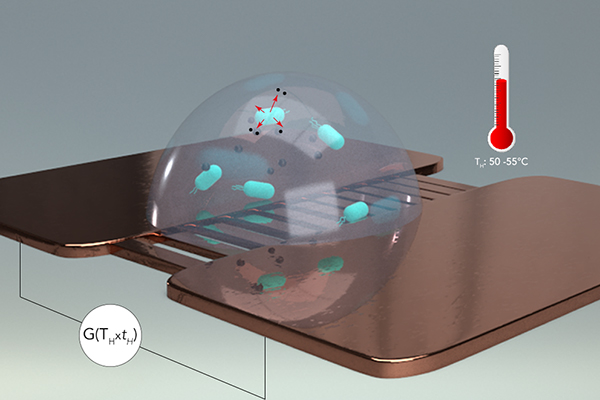
Full Text:
The most economical way to kill bacteria that cause common food-borne illnesses -- mostly caused by Salmonella enterica -- is heat. However, the mechanisms that kill Salmonella at lower temperatures were not fully understood -- until now. Using droplet-based electrical sensors, researchers determined that mild heat stress at temperatures around 120 degrees Fahrenheit damages the bacteria's cell walls without rupturing them.
The researchers conducted multiple experiments using both wild-type and heat-resistant Salmonella bacteria and correlated the electrical results with fluorescence measurement and standard microbiology protocols. The modified bacteria required higher energy to make the cell membranes permeable enough to leak small molecules. The team also studied heating time and heating method, either a slower ramp-up of heat or a sudden pulse of heat, and found that pulsed heat was more effective at killing bacteria. By better understanding the mechanisms of bacterial death at elevated temperatures, these findings can potentially improve food safety strategies and provide more efficient ways to deactivate bacteria using shorter duration of heating at lower temperatures.Image credit: Jennifer McCann/Penn State